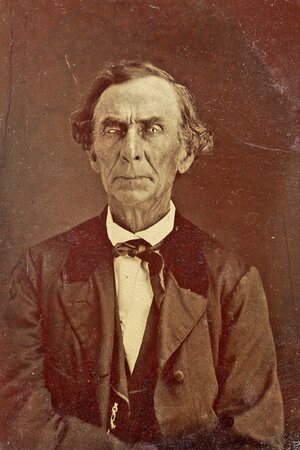Pro Member
- Joined
- Oct 20, 2021
- Posts
- 23
- Likes Received
- 50
- Points
- 0
- Name
- Jonathan Liu
- City/State
- Orange, CA
I just got the RF 100mm Macro and wanted to test it out. First thing I noticed as I started taking just a couple shots close up was just how freakin dusty things are, even things that I use often. Or maybe it’s a testament to just how detailed this lens is. Anyway, here’s a shot of my in ear monitors. Not super close up, but just starting to have fun with it.

- Join to view EXIF data.


